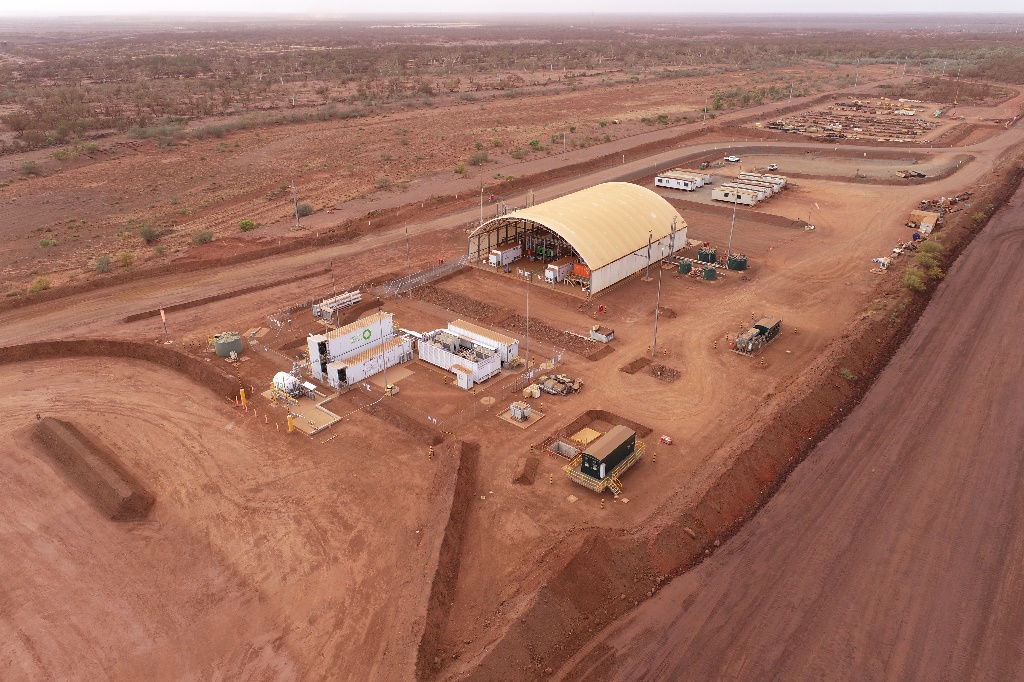The recent unveiling of Fortescue’s liquid hydrogen plant at Christmas Creek has been met with significant fanfare, particularly from its collaborators, Fabrum.
Billed as Australia’s largest liquid hydrogen plant on a mine site, the project is undoubtedly ambitious. However, it is essential to critically examine whether this development represents a genuine breakthrough in the hydrogen industry or if it merely scratches the surface of what is needed for meaningful decarbonization in mining.
Fabrum’s claim that the plant can produce around 350 kg of liquid hydrogen per day is a noteworthy achievement. But when juxtaposed against the scale of energy consumption in heavy industry, the figure raises questions about the plant’s capacity to make a significant impact. Hydrogen production on a larger scale is necessary if such plants are to play a pivotal role in powering mining equipment and decarbonizing the sector. In comparison, global benchmarks for hydrogen production are set much higher, aiming for hundreds of tons per day to truly revolutionize heavy industry.
The plant’s integration of liquid hydrogen storage and a refueling station is touted as a versatile solution for powering Fortescue’s zero-emissions mining prototypes. Yet, this versatility must be scrutinized. While the ability to produce both gaseous and liquid hydrogen is indeed beneficial, the question remains whether the technology can be scaled effectively to meet broader industry needs. Fortescue’s approach could either serve as a model for future developments or highlight the limitations of current hydrogen technologies in heavy industry applications.
Fortescue’s rapid move towards decarbonization is commendable, especially in an industry where progress is often slow. However, the emphasis on speed should not overshadow the need for thorough and sustainable solutions. The company’s reliance on hydrogen and other renewable fuels is a step in the right direction, but it must be part of a more comprehensive strategy that includes significant advancements in hydrogen production, storage, and utilization technologies.
Fabrum’s involvement in the project, while significant, invites scrutiny as well. The company’s expansion into the mining and minerals industry through this collaboration marks a new chapter for them. However, whether Fabrum is genuinely leading in hydrogen technology or simply capitalizing on current trends remains to be seen. Their future success will depend on their ability to innovate beyond this project and contribute to more substantial advancements in the hydrogen sector.
